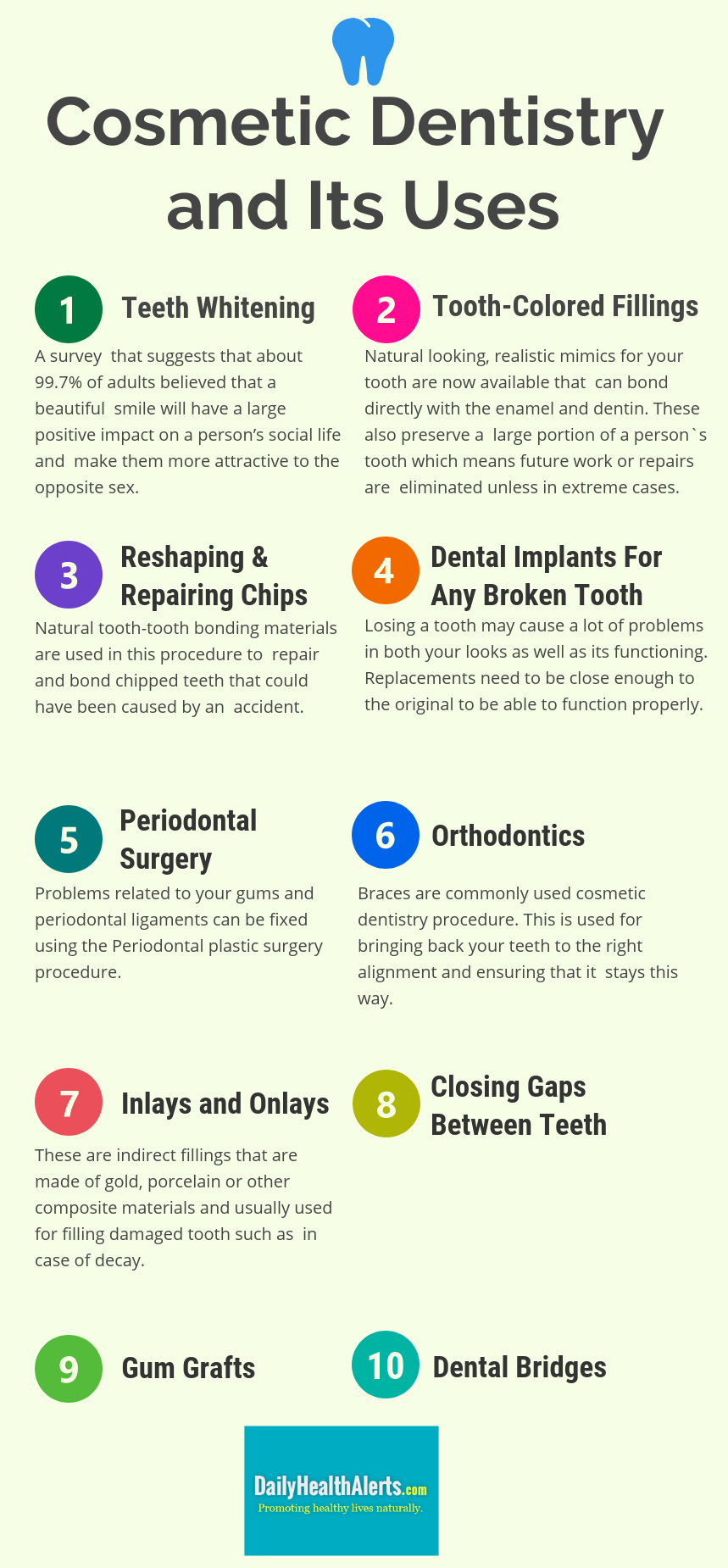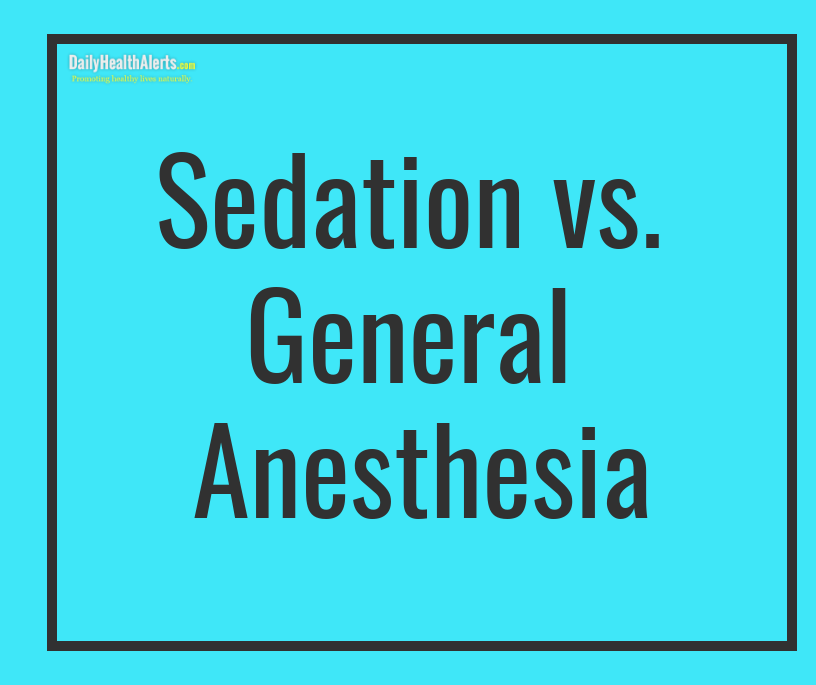
The perfect accessory to your everyday look is a gorgeous, wide smile. A great smile can make your day.
But of course, not all of us have the perfect set of sparkling white teeth. While some of us have small issues in the arrangement, staining, discoloration etc are common problems that come with time.
So, are we just suppose to live with these problems? Well, The answer is no and that is where cosmetic dentistry can help you.
Get to Know About Cosmetic Dentistry and Uses
Cosmetic dentistry is becoming widely popular across the world. It is a solution to various problems related to the shape, texture, and color of the teeth such as discolorations, misalignments, gaps between teeth, chipped or broken tooth, stains etc.
The procedure will give a makeover to your smile and add a touch of perfection. It is a professional oral care procedure that you can choose to alter your teeth.
A professional cosmetic dentist can perform procedures that can enhance your appearance and help you give a confident smile.
Cosmetic dentistry is a collective term that contains a number of procedures within it. Among the various procedures that can be categorized under cosmetic dentistry, the recent trends which are widely popular include
There are various reasons beginning with food items to habits such as smoking that cause discoloration of teeth. Also, there are internal reasons such as genetics, age, antibiotics, tooth decay, root canal problems etc, that can also cause discoloration. There are a number of ways by which teeth whitening is carried out which includes in-office methods where you can have the procedure done in a dental clinic or have commercial home-whitening kits which include strips gel etc, used from home.
Apart from these, there are procedures such as

Why is this important?
While most assume that cosmetic dentistry focuses only on the aesthetics, it is important to understand that it is more useful than that. Crooked, misshapen and shifted teeth cause various problems while speaking and eating. Crooked teeth also increase the probability of suffering from the cavity as proper cleaning may not be possible in this case. Some of these cases also lead to excruciating pain.
A number of procedures falling under the Cosmetic dentistry category involve giving a better shape and alignment to your teeth for better dental hygiene and health. Inlays, bonding, crowns are used to add additional support to weak or broken teeth. This will ensure that further damage is being reduced as well as restore normal functioning of the teeth without causing too much pain. Also, cleaning your teeth and gum regularly can eliminate problems such as cavities, gum infections etc, which are very essential for the overall health of your body.
Choosing the Right Procedure
The present condition of your teeth and gums and the expected or required result of the procedure are the major factors involved in making this decision. A dentist usually suggests the various options available for a given condition that might be either a temporary or a permanent solution. Apart from these, the amount of effort one agrees to put in maintaining after the procedure is also important and needs to be considered.
Sedation Dentistry
Even though cosmetic dentistry has various benefits and is slowly becoming popular the pace is comparatively lesser than expected. The major reason for the same is the common phobia among people who would rather have a painful toothache than have these procedures done. Dental sedation is the perfect means of encouraging more people to reach out to such procedures. Sedation has been safely used by dentists across the world to carry out procedures that may require the patient to be still or unconscious.
Here medications are used to relax the patient in the chair while the procedure is done. There are various levels of sedation that is used while working with patients based on the type of procedure required. The range varies from a mild sedation where the patient is relaxed, a moderate sedation where the patient feels blur during the procedure, deep sedation where one is at the edge of consciousness and finally general anesthesia.

What is the difference between Sedation and General Anaesthesia?
The difference between the two lies in their positions in a consciousness spectrum. While general anesthetizing fall at one extreme end with the patient being completely unconscious, sedation takes a place somewhere in between.
Sedation is a common take in cases where mild pain can be experienced or the patient is expected to stay still for a long time. It is mild and puts the patient to a light, moderate or deep sleep based on the requirement. There are various methods used for sedation such as through oral, nasal, intramuscular injection etc. A dentist or a nurse can administer a mild or moderate sedation.
Local Anaesthesia is used on specific parts of your mouth in order to cause a numbing effect for the procedure. It blocks the nerves that transmit pain in our body and cause this numbing effect. Topical creams or gels are the most common way of giving local anesthetic. General Anaesthesia is stronger and puts the person completely out of consciousness and is typically used in case of surgeries. Specialized doctors administer this procedure which is widely used in case of painful procedures and is usually done by breathing through a face mask, PICC line, and a central line.
How to know if you need sedation?
Whether sedation is required is dependant on both the individual going through the procedure and the nature of the procedure itself. Sedation is suggested typically in the case of patients who have phobias towards dental procedures, have sensitive nerves, have a low threshold for pain, have general anxiety disorders or if they are resistant to local anesthesia. Procedures such as root canal, tooth extraction typically require sedation whereas general cleaning or routine procedures may not require any.
What to keep in mind before Sedation?
Placing your medical history before your doctor is essential to understand possible problems that might be caused due to sedation or anesthesia. The discussion should also involve understanding which of the above methods will be required for the procedure that will also take into account your overall health conditions.
The dosage needs to be monitored by a professional and has to be appropriate for your age. Also, clear understandings of the risks of the individual procedure are required before making a decision. Make sure your pain doctor has precautionary methods that can reverse the effects of sedation in case of an unexpected emergency.
The risks involved in Anesthesia
Anesthesia does not cause any problem when given by an experienced personnel. Yet, certain pre-existing health conditions both physical and psychological such as obesity can cause some side effects following such procedures and hence it is advisable to discuss the same with a doctor.
Research and take opinion from different doctors to understand the necessity for the procedure for a good experience.
A perfect smile can add to your confidence and enhance your self-esteem.
So, explore the various types of Cosmetic Dentistry with your doctor that might turn out to benefit you with a gorgeous smile.